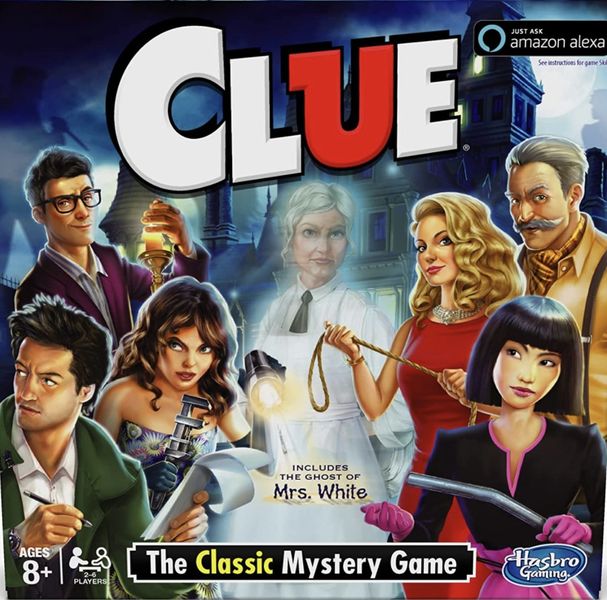Clue (2019) Board Game
Clue, also known as Cluedo outside of North America, is a classic murder-mystery board game that was first introduced in in 2019. It was created by Anthony E. Pratt, a British musician, and patented under the name “Murder!” The game has since been published by various companies, including Hasbro, and has become a staple in many households around the world.
Game Components of Clue
How To Setup Clue
To set up Clue, each player chooses a character token and places it on the designated start space. Three cards – one suspect, one room, and one weapon – are randomly selected and placed in the solution envelope. The remaining cards are distributed among the players. In older versions, the game starts with Miss Scarlett; in modern versions, players roll the dice to determine who goes first.
Gameplay Mechanics and Game Objective
Player Experience
Clue is a game that requires deductive reasoning, critical analysis, and logical inference. Players enjoy the challenge of piecing together clues to solve the mystery. The game is suitable for ages 8+, though it may take several playthroughs for younger players to fully understand the game mechanics. It is highly interactive, encouraging strategic thinking and observation of other players’ actions.
Pros
Cons
Personal Thoughts on Clue
Clue is a timeless classic that is perfect for families, casual gamers, and those who enjoy mystery and deduction. It teaches valuable skills in critical thinking and strategy while providing hours of entertainment. The game’s iconic characters and engaging gameplay make it a must-have for any board game collection. Despite some complexity for younger players, it remains an excellent choice for game nights and family gatherings.
We are supported by our audience. When you purchase through links on our site, we may earn an affiliate commission, at no extra cost for you. Learn more.

